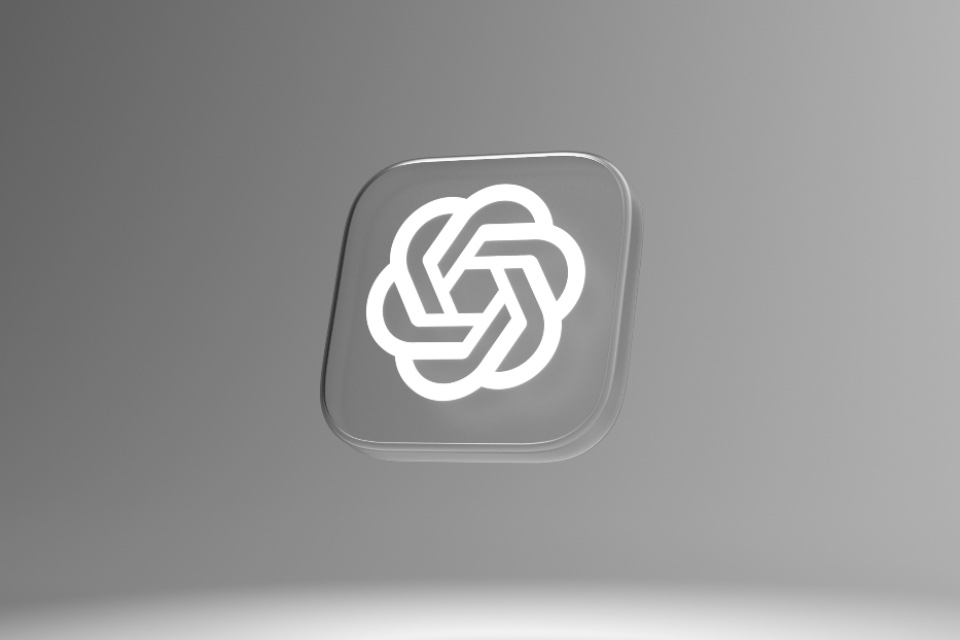The first line of defence in protecting digital assets and data is effective user authentication. Ensuring the right individuals have access to your systems is paramount to maintaining a robust cybersecurity posture. Here, we explore key tips for optimising your authentication processes…
- Adopt Multi-Factor Authentication (MFA): MFA adds an extra layer of security to your authentication process by requiring users to provide at least two forms of identification before accessing the system. These typically include something the user knows (password), something the user has (a physical token or smartphone), and something the user is (biometrics). MFA significantly reduces the risk of unauthorized access.
- Implement Strong Password Policies: Encourage the use of complex, unique passwords and regular password changes. Tools that generate random passwords can help users create strong passwords, and password managers can assist in securely storing them.
- Biometric Authentication: Biometric systems that use fingerprint scanning, facial recognition, or voice patterns provide a high level of security and can be more user-friendly. However, consider the privacy implications and ensure the biometric data is stored securely.
- Risk-Based Authentication: This form of authentication assesses the risk associated with a user request and adapts the authentication process accordingly. For instance, if a login attempt comes from an unfamiliar location, the system might require additional identity verification.
- Leverage Authentication Protocols: Employ protocols like SAML (Security Assertion Markup Language) or OAuth for single sign-on solutions. These protocols allow users to authenticate multiple applications and services with one set of credentials, increasing user convenience without compromising security.
- Secure Your Authentication Data: Any data involved in the authentication process must be stored securely. This often means using encryption and hashing algorithms to protect data both at rest and in transit.
- Educate Your Users: Regardless of the authentication technology you use, user behaviour plays a critical role in maintaining security. Regularly train your users to recognise and avoid potential threats, such as phishing attempts that aim to steal credentials.
- Ensure System Interoperability: The authentication solutions you choose should play well with the rest of your IT infrastructure. Ensure your authentication methods are compatible with the systems and software you’re using.
- Regular Auditing: Regularly audit your authentication processes to identify potential weaknesses or areas for improvement. This includes keeping track of who has access to your systems and making necessary adjustments.
- Be Ready for Changes: The field of cybersecurity is dynamic and constantly evolving, and so are authentication technologies. Be prepared to update or change your authentication methods as new threats emerge or better solutions are developed.
Implementing robust authentication processes is essential for maintaining cybersecurity. By adopting multi-factor authentication, implementing strong password policies, leveraging biometric and risk-based authentication, and regularly auditing your authentication processes, you can greatly enhance your organisation’s security.
As always in cybersecurity, the key is to stay vigilant, adaptable, and proactive.
Are you looking for Authentication solutions for your business or organisation? The Security IT Summit can help!
Image by Biljana Jovanovic from Pixabay








